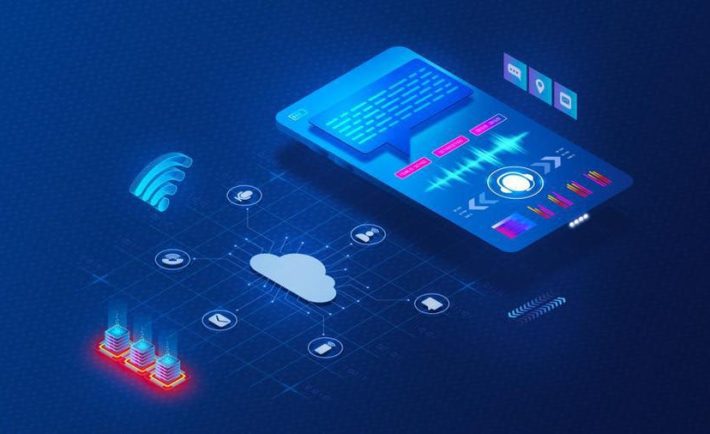
As more tech offerings move into the cloud, businesses are choosing to get their communication systems there, too. Now that SIP trunking is in the cloud, more businesses are choosing to access their phone services this way. Before you choose to get your SIP trunking traditionally or through the cloud, it’s wise to know the differences between the different SIP trunk providers.
Session initiation protocol (SIP) trunking provides telecommunications services like phone, video, and instant messaging. The communication technology is efficient and affordable. With it moving into the cloud, businesses can save money while improving the quality of service. But, cloud technology isn’t necessarily for everyone. Here are the differences between traditional and cloud SIP trunking:
1. Eliminates infrastructure
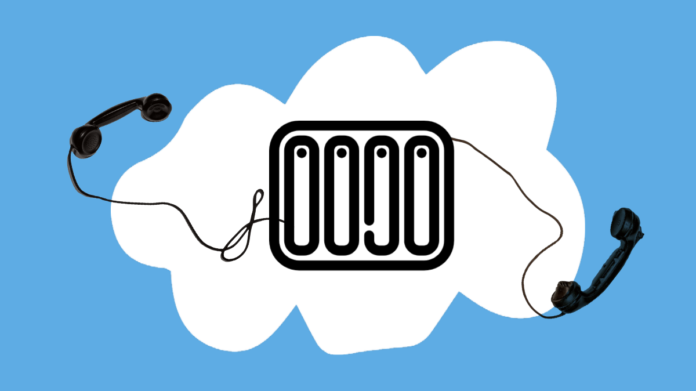
If you choose cloud-based SIP trunking, you won’t need any expensive hardware. Your business will no longer need to pay costly phone carrier expenses. Businesses with traditional SIP trunking need an in-house private branch exchange from the local phone carrier. With cloud SIP trunking, you get everything you need wirelessly without any need for extra hardware in your building.
2. Scaling differences

Organizations that rely on SIP trunking through a telecom carrier need a visit from a contractor to add an additional line if they move to other areas or networks. On the flip side, businesses that access SIP trunking through the cloud can scale without any extra visits from the telecom carrier. Updating cloud-based SIP trunking is also easier as the information enters through the company’s CRM and other software. The best part of SIP trunking through the cloud is the organization’s ability to choose their needs for the month, and change them when necessary. Traditional SIP trunking fees stay the same, as businesses sign contracts with a flat rate and associated extra fees.
3. Flexibility
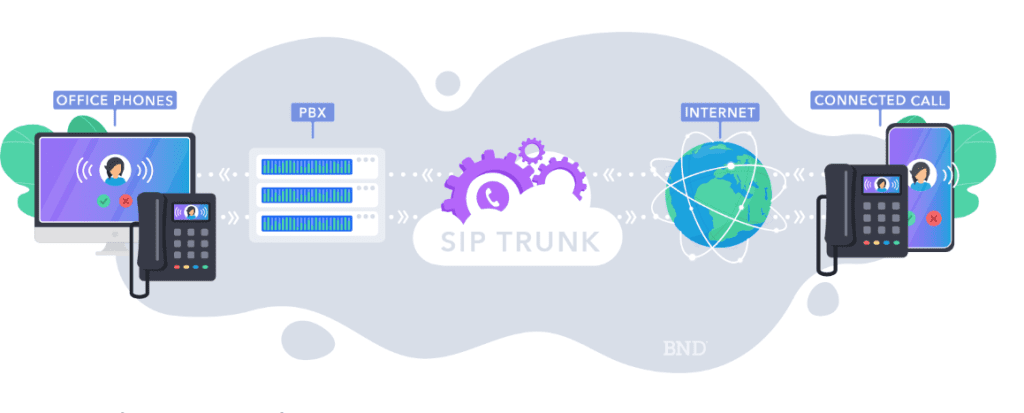
Traditional SIP trunking and telecommunication accounts offer some flexibility, but not to the degree that cloud SIP trunking offers. When you choose a cloud-based account, you can trust that your business’s locations can answer a call from any phone. You can only answer traditional SIP trunking phone calls from one location. With cloud-based communications, your remote and on-site workers can access the same tools to provide continuity in your business.
4. More features in the cloud
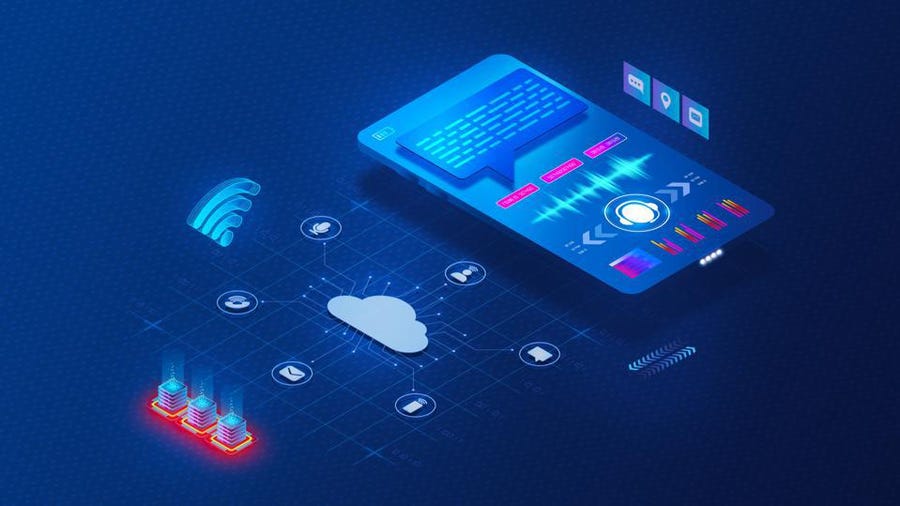
You can access SIP trunking through VoIP, and the features improve when you choose them from a cloud provider. With an on-site SIP phone, you can easily access teleconferencing and call recording, but once you go off site to the cloud, the features increase. The features employees access through the cloud are called “softphone” features as they are available on any communications device that connects to the cloud.
5. Lower prices
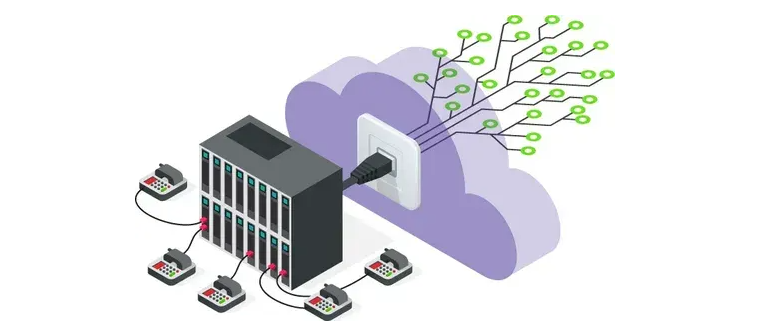
Businesses with cloud SIP trunking save money on hardware and maintenance. They can still use their on-site hardware, especially if they already own it. Carriers charge a separate monthly subscription fee for traditional SIP trunking, while cloud-based SIP trunking is added to your internet service provider bill. The cloud-based providers charge for each channel, but subscribers can change their channel needs every month. Cloud-based subscription fees do not charge long-distance fees.




